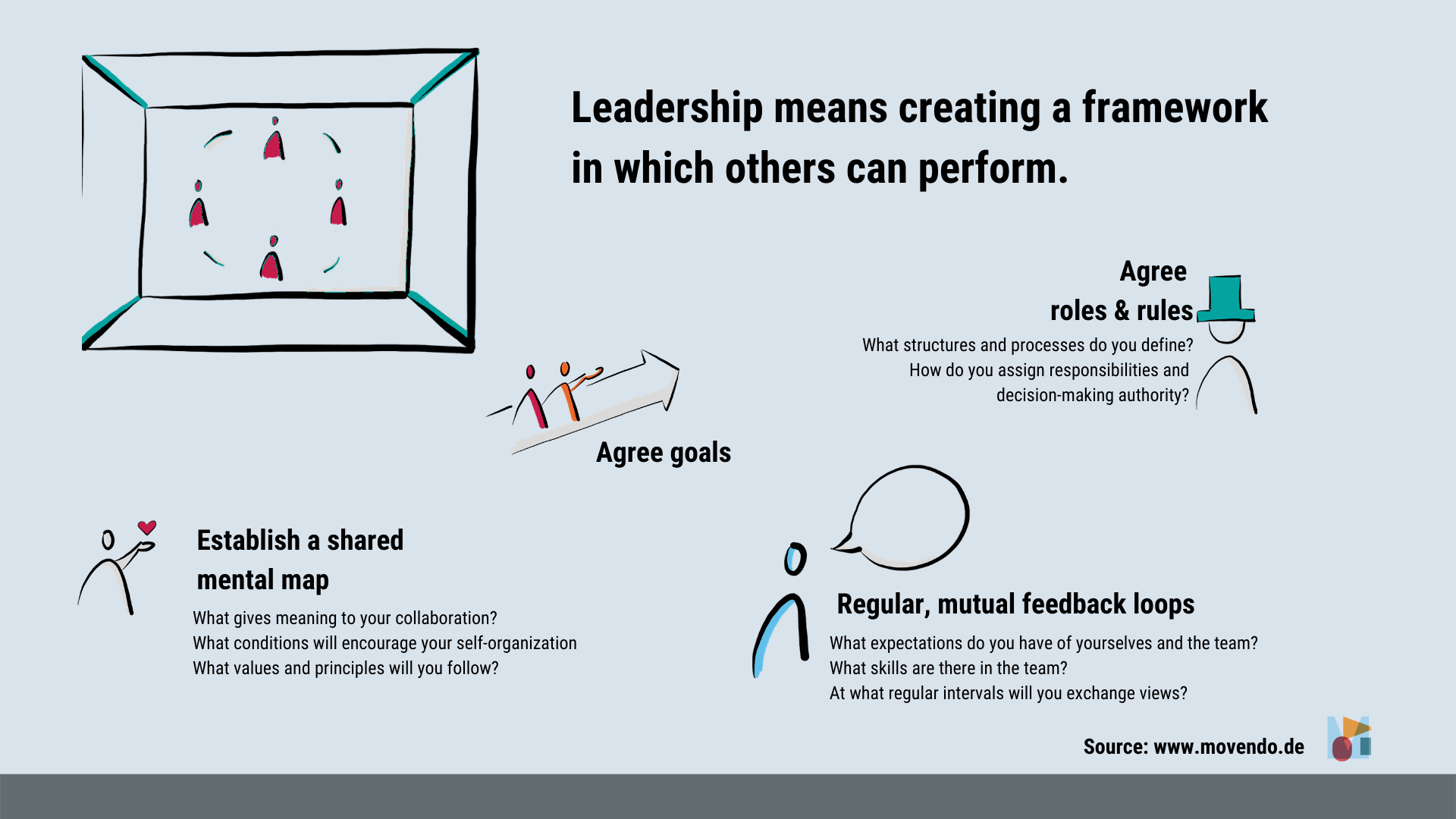#favouritemodel No. 1 - "Leadership means creating a framework in which others can perform"

The added value clearly lies in broadening one's own perspective and thus not necessarily only looking at individual employees and their performance, but also zooming out and taking a look at the framework conditions and interactions between the participants and the respective environments. This opens up completely new possibilities for leadership.
Instead of trying to change people on the basis of individual psychology (which is usually a very difficult undertaking after puberty and certainly not the task of leadership), we can look at the rules of the game in the team, favourable or unfavourable patterns and other routines and recognise their effects on the behaviour of the individuals.
After all, changes at these levels not only lead to more sustainable behavioural changes in individual team members, but usually in the team as a whole. Thus, looking at the conscious design, maintenance and changes of frameworks proves to be a very effective leadership intervention.
The second crucial aspect of this model is the distinction between employee performance and leadership action, which is introduced here.
Leadership does not mean doing the same thing as the employees do, but ensuring that one's own team can perform.
Accordingly, the focus in leadership action should be on how to create and maintain a favourable dynamic in the team, how to create an atmosphere of openness and trust in order to give each other the necessary feedback, what orientation needs to be developed to enable the team to move in a common direction, and how roles and responsibilities are clarified in order to maintain efficiency in teamwork.
How does my #favouritemodel help you?
-
If you are currently thinking of a supposedly difficult person in your environment, try zooming out. What conditions can be changed to bring about more favourable behaviour? In which conditions does this person actually show different behaviour that you do not see as problematic and how can these conditions be explained?
-
Ask your team and discuss: What exactly do you need in order to work successfully?











